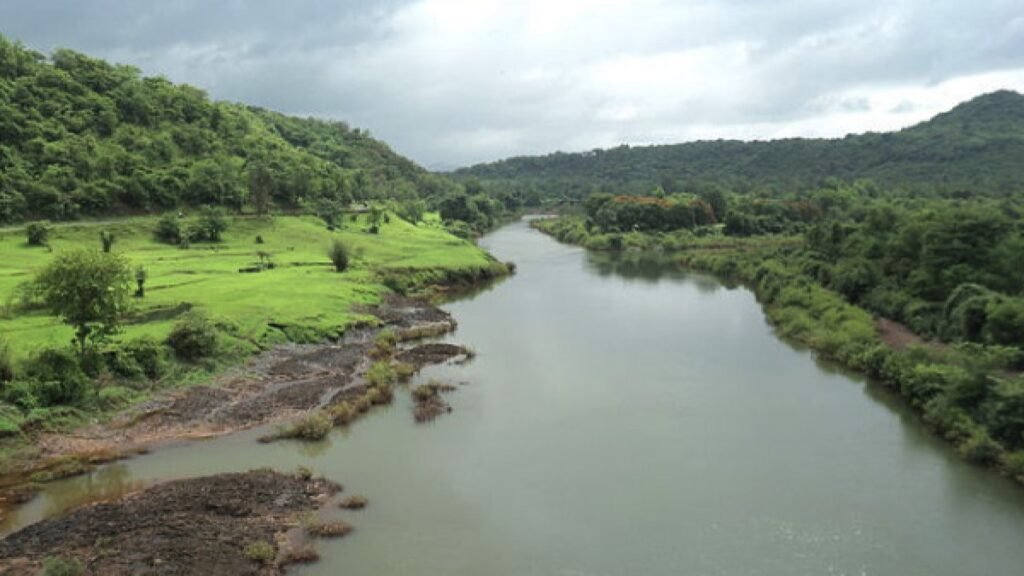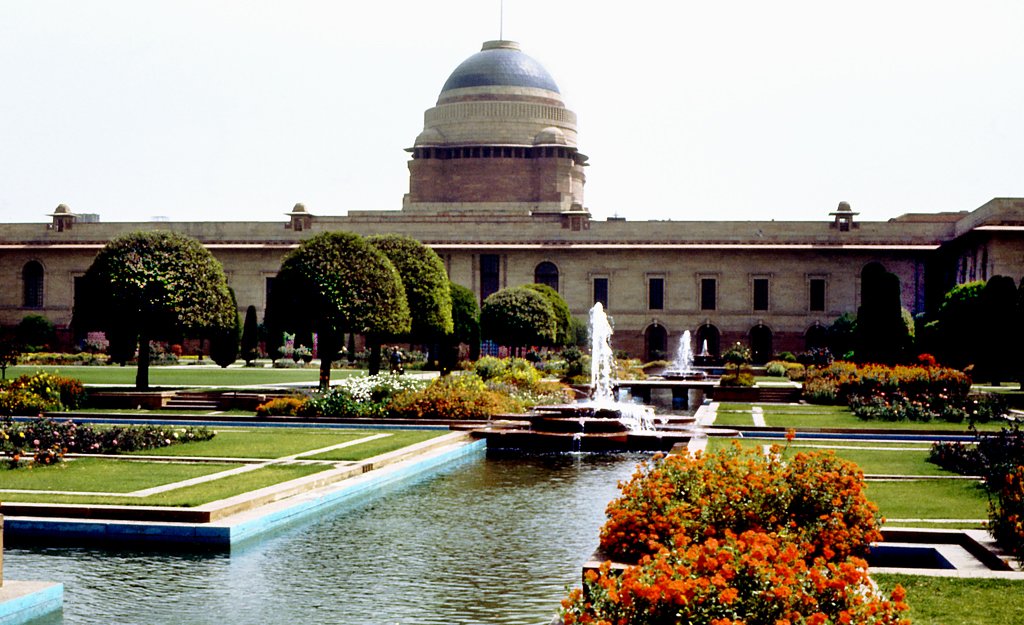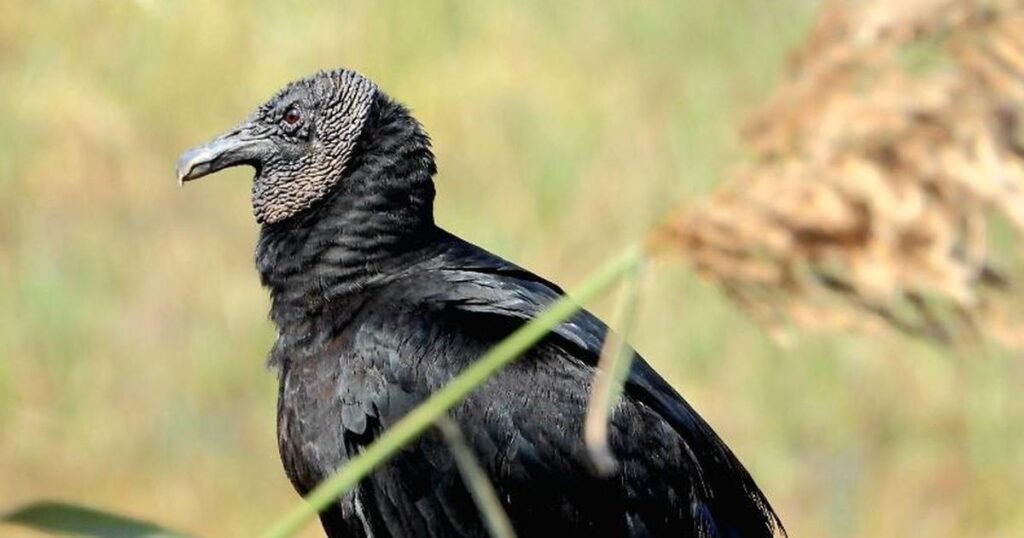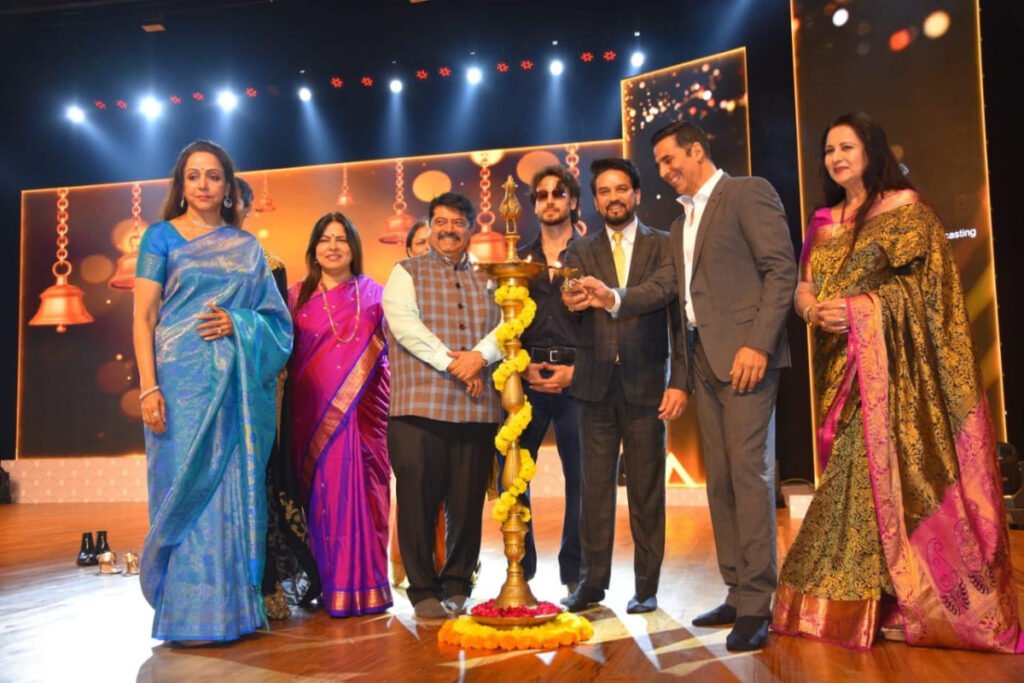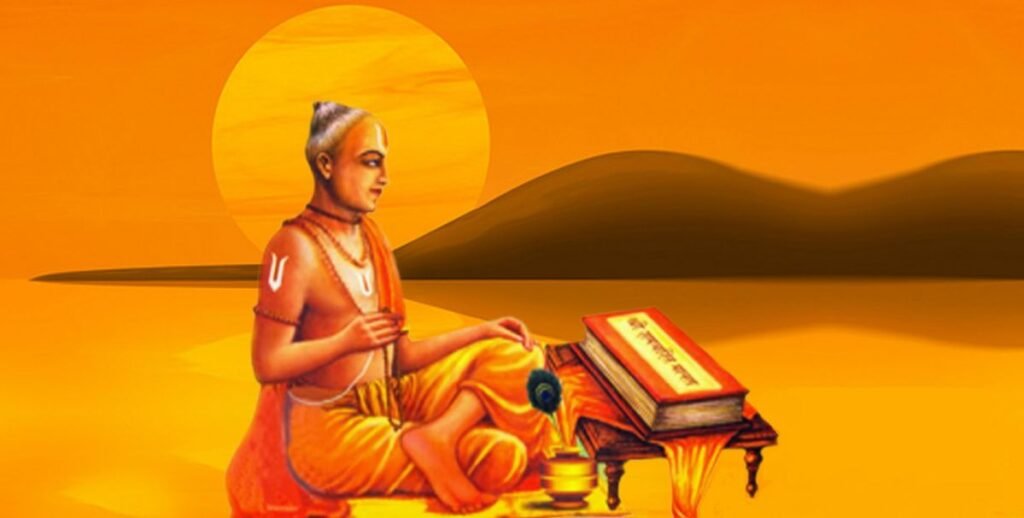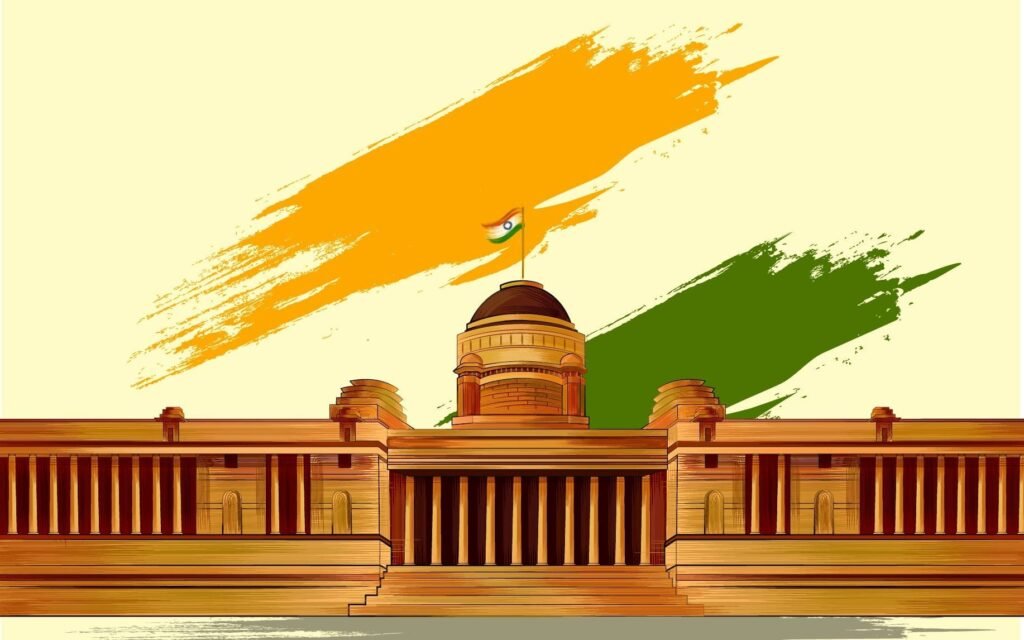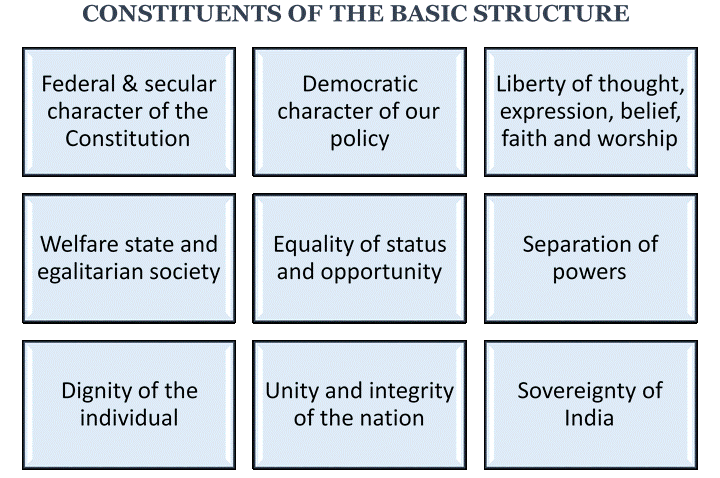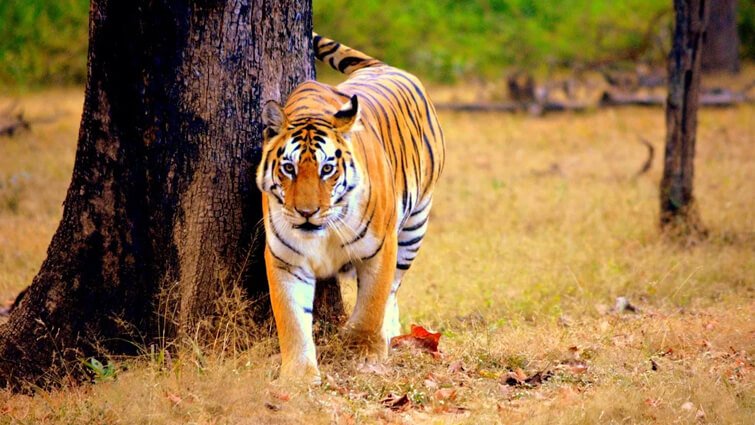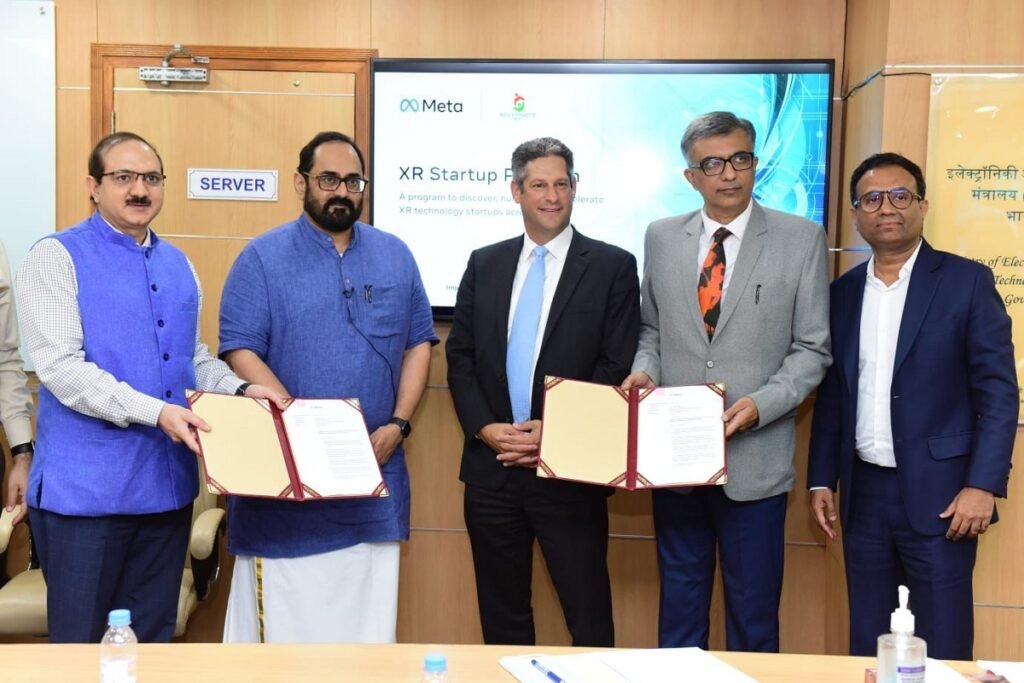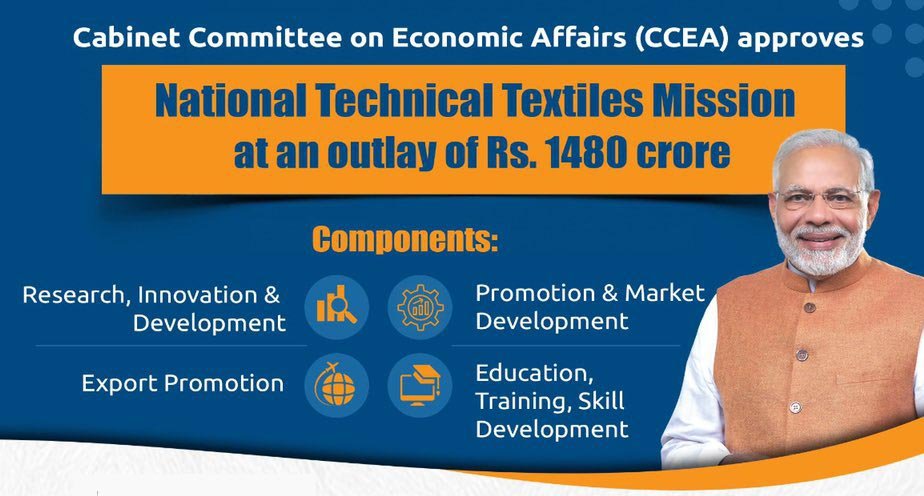Candidates must thoroughly understand all guidelines under eligibility criteria before beginning the application process for the post of IB Security Assistant. Applicants who do not fulfill these requirements specified in terms of age, domicile, qualification, etc., will be disqualified. Therefore, before applying for the post, check all details of the IB Security Assistant Eligibility Criteria in this article.
- The maximum age of the candidates should be 27 years. Upper age relaxation is provided to candidates belonging to different categories.
- The candidates should make sure that they have all the important documents in support of their eligibility.
- 10th pass candidates are eligible for this post.
- Field experience is not mandatory, but desirable.
|
IB Security Assistant Eligibility Criteria 2023 – Overview
|
| Age Limit |
- Not more than 27 years (as on 10th February 2023)
- Upper age relaxations are provided to the candidates who belong to reserved categories.
|
| Educational Qualification |
- Completed matriculation (10th) or equivalent qualification from a recognized board of education.
- Proficiency in local languages/ dialects of the region to which she/he has applied.
|
| Number of Attempts |
Not Specified |
| Experience |
Desirable: Field experience in Intelligence work |
| Domicile |
Required for the state from which candidates is applying |
IB Security Assistant Eligibility Criteria 2023
The Intelligence Bureau of India releases IB Security Assistant Eligibility Criteria in terms of the age limit, domicile, qualifications, etc. The details of the same has been elaborated further in this article.
IB Security Assistant Age Limit
As on 10th February 2023, the age of the applicants must not exceed 27 years. The relaxations allowed for reserved category applicants are as prescribed below.
| Category |
Upper Age Limit Relaxation |
| SC/ST |
5 years |
| OBC |
3 years |
| PwD |
10 years |
| Meritorious Sportspersons |
5 years |
Widows, divorced women & women judicially separated from
their husbands & not remarried |
- 35 years of age (UR)
- 40 years of age (SC/ST)
|
| Departmental candidates (served at least 3 years) |
40 years of age |
| ESM, Children & dependents of victims of riots of 2002 in Gujarat& Sikh riots of 1984 |
As per Government Regulations |
IB Security Assistant Educational Qualifications
To be eligible for the post of Security Assistant candidates must have the following qualifications:
- Must have completed matriculation or a degree that is equivalent to the same from a recognized board of education.
- Must possess proficiency in the local languages/ dialects depending upon the the region to which they have applied for.
Experience
As per the official recruitment notification, it is desirable for the candidates to have field experience in Intelligence work. However, work experience is not mandatory.
IB Security Assistant Domicile Requirements
As per the IB Security Assistant Eligibility Criteria, the applicants must have domicile of that State against which they have applied for the recruitment,
Number of Attempts
The recruitment authorities have not yet mentioned the maximum number of attempts that are available for the candidates. Though, in order to avoid any inconvenience later on, the candidates must give their best efforts while preparing for the examination and also improve their chances of qualifying their examination in the first attempt only. For that, candidates must be thorough with the IB Security Assistant Syllabus and Exam Pattern beforehand.
IB Security Assistant Exam Pattern 2023
The candidates will be appearing for a three-tiered selection process. The IB Security Assistant Exam Pattern for all the three tiers that will mark allotment has been mentioned below.
- The correct response will be awarded 1 mark.
- There will be a negative marking of ¼ mark for each wrong answer.
- No marks would be awarded for an un-attempted question.
- The qualifying marks for Tier-II are 20 out of 50.
| Tier |
Description of Exam |
Marks |
Time |
| Tier I |
Objective Test |
| General Awareness |
20 |
1 hour |
| Quantitative Aptitude |
20 |
| Numerical/Analytical/Logical Ability & Reasoning |
20 |
| English Language |
20 |
| General Studies |
20 |
| Total |
100 Marks |
| Tier II (Qualifying Only) |
Descriptive Type |
| a)Translation of a passage of 500 words from local language/dialect to English and vice versa |
40 |
1 Hour |
| b) Spoken ability (to be assessed at the time of Tier-III exam (Interview/ Personality test) |
10 |
– |
| Total |
50 Marks |
| Tier III |
Interview/Personality Test |
50 |
– |
| Total |
50 Marks |
IB Security Assistant Exam Dates 2023
To avoid missing out on any important stage of the selection process, candidates must keep in mind the following important dates.
| Event |
Date |
| Start Date of Application Process |
28th January 2023 |
| Last Date of Application Process |
17th February 2023 |
| Exam Date |
To be announced soon! |
IB Security Assistant Salary 2023
The IB Security Assistant is a Group C, Non Gazetted post. Candidates appointed to the said post will be entitled to Pay Matrix Level-3 with a pay scale of INR 21700 – INR 69100.
IB Security Assistant Cut Off 2023
The Qualifying Marks in each Tier are different as mentioned below:
Tier I Cut Off
|
Category
|
Qualifying Marks for Tier I
|
|
UR
|
35 Marks |
|
OBC
|
34 Marks
|
|
SC/ST
|
33 Marks
|
Tier II Cut Off
- This is a qualifying stage.
- The minimum qualifying marks required are 20.
Tier III Cut Off
- There is no cut-off for the Tier-III exam.
IB Security Assistant & MTS Syllabus 2023- Tier 1
The candidates aspiring for the IB Security Assistant (SA) & MTS Recruitment must go through the syllabus which has been discussed in detail below. Have a look over the syllabus so as to be on a right track toward your preparation.
IB Security Assistant Syllabus for General Awareness
General Topics
General Knowledge
Animals Famous Personalities
Books And Authors
First Largest Longest etc In World
Buildings Inventions And Discoveries
Calendars Languages
Countries Music
Currencies Religions added in Intelligence Bureau Security Assistant Syllabus
Dances Sanctuaries
Disasters World Organizations
Environment Statistical Data – World
Fashion Prizes And Awards
Famous Places Trade Awareness
General Studies Solar System
Universe Earth
Environment
Pollution
General Geography
General History General Concepts (Polity)
General Economics Study
General Polity
General Science added in Intelligence Bureau Security Executive Syllabus
General Computer Science
Sports And Recreation
Current Affairs
Current Events Period Wise National
Current Events Topic Wise, International
Person Places Awards Authors
Economy
Science And Technology
Sports
Trade Awareness
Miscellaneous
IB Security Assistant Syllabus for Quantitative Aptitude
Elementary Mathematics
Arithmetic (Number Theory)
Number System
Square Roots
Cube Roots
Fractions and Decimals
H.C.F. and L.C.M.
Simplification
Variation
Chain Rule
Ratio And Proportion
Average
Logarithms
Additional Topics In Arithmetic
Problems on Ages
Boat and Streams
Clocks and Calendars
Clocks
Calendars
Mixture and Allegation
Pipes and Cisterns
Races and Games
Problems on Trains
Unitary Method
Time and Distance
Time and Work
Work and Wages
Commercial Maths
Interest
Simple Interest
Compound Interest
Percentage
Profit and Loss
The partnership was added to IB Executive Syllabus
Discounts
Mensuration– Areas and Volumes
Area and Perimeter of Plane Figure
Volume And Surface Area of Solid
IB Security Assistant Syllabus for Reasoning Ability
Verbal Tests
Reasoning Tests
Analytical Reasoning
Direction and Distance Test
Linear Arrangement Test
Complex Arrangement Test
Analogy Test
Classification (Odd Man Out) Test
Coding Decoding Test
Series Test
Blood Relationships Test
Symbols and Notations
Alphabet Test
Data Sufficiency Test
Data Interpretation Test
Logic Tests
Syllogism
Statements Assumptions
Statements Arguments
Statements Conclusions
Statements Action
Non-Verbal Tests
Problems Based on Symmetry
Problems Based on Visual Ability
Classification (Non-Verbal Tests)
Series (Non-Verbal Tests)
Analogy (Non-Verbal Tests)
IB Security Assistant Syllabus for English
English Vocabulary
Synonyms
Antonyms
Analogies
Spelling Mistakes
English Proficiency
Idioms and Phrases
One Word Substitution
Sentence Formation
Sentence Completion
Sentence Improvement
Sentence Reconstruction
Rearrangement of Words In Sentence
Rearrangement of Sentence In Paragraph
Paragraph Formation
Paragraph Completion
Fill in The Blanks
Cloze Tests
English Usage Errors
Common Errors
Spotting Errors
Inappropriate Usage of Words
Sentence Correction
English Comprehension
IB Security Assistant & MTS Syllabus 2023- Tier 2
The candidates qualifying in the Tier-1 exam will have to appear for Tier-2 Exam which is further divided into 2 parts.
Part 1 (Common for all candidates)- Translation of a passage of 500 words from the local language/dialect to English and vice versa. This offline descriptive test will be of 40 marks and the duration for the exam will be 1 hour.
Part 2 (Only for SA/Exe.)- Spoken ability [to be assessed at the time of Tier-III exam (Interview/ Personality test)]
The Tier-II exam is qualifying in nature. The qualifying marks in Tier-2 is 20 out of 50 for SA/Exe and 16 out of 40 for MTS/Gen.
IB Security Assistant & MTS Tier 3 (Interview)
The candidates who qualify in Tier 1 & Tier 2 exams will be called for an interview round which will be conducted by the Intelligence Bureau for 50 marks. This will be the final stage of the selection process and candidates qualifying in this stage will be shortlisted to fill 1675 vacancies.

